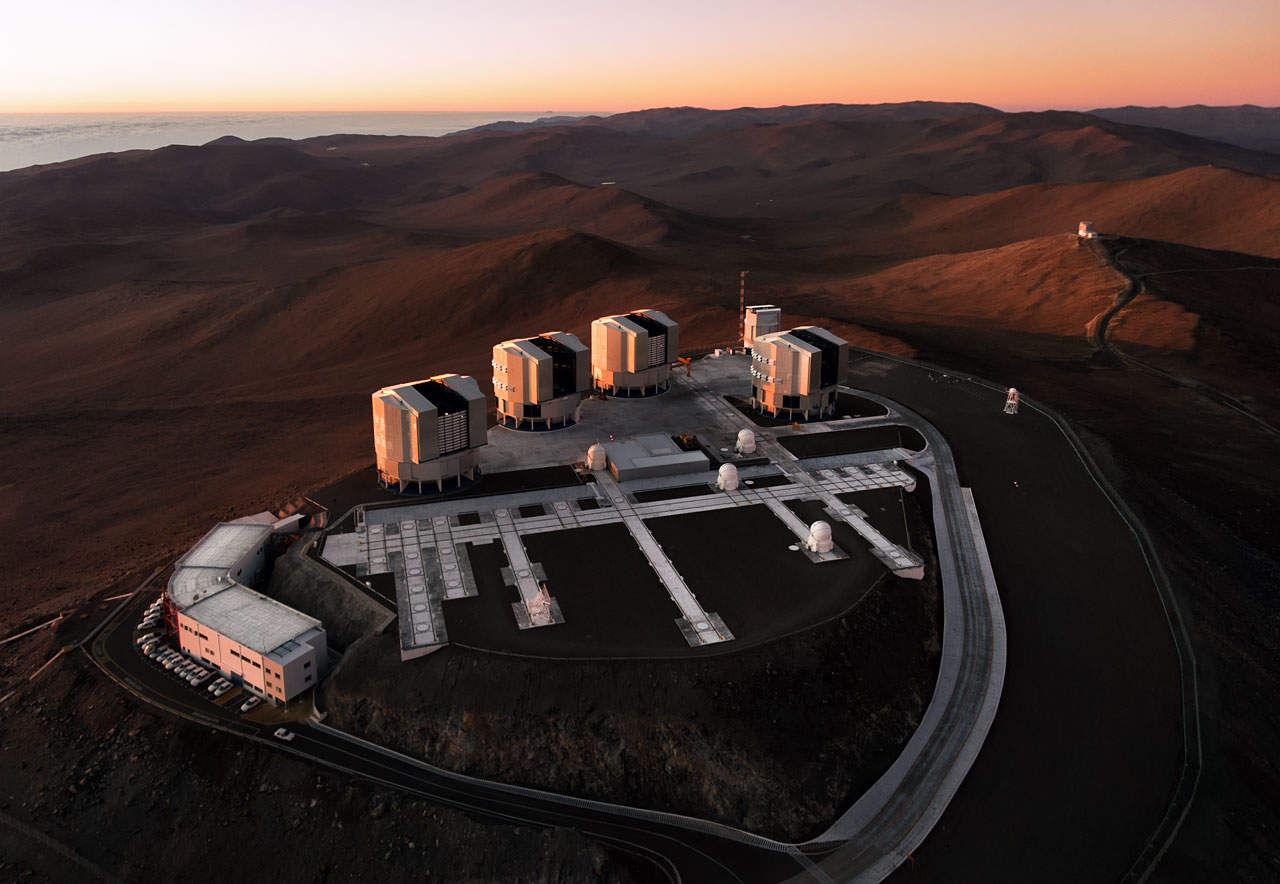Recent developments in porous anodic alumina preparation
Join the audience for a live webinar at 3 p.m. BST/10 a.m. EDT on 4 October 2023 exploring recent developments in the production of porous anodic alumina
Want to take part in this webinar?
Porous anodic oxide (PAA) is one of the self-organizing materials whose pore geometry can be fully controlled by variation of electrochemical parameters during aluminum anodization. Under certain conditions, pores grow into a hexagonal close-packed (hcp) structure. The self-organization regime holds within narrow anodization conditions, which are usually limited to a given voltage dependent on a type of electrolyte used in anodization. Outside this regime, regularity of pore arrangement deteriorates significantly. The factors that are responsible for the pore organization are still not fully recognized as the synthesis of PAA with large interpore intervals (Dc > 380 nm) is still under development.
The overall PAA growth process is complicated, but it is believed that regularity of pore formation is governed mainly by an equilibrated counter-ion (Al3+ and electrolyte anions A−) exchange at the electrolyte/oxide interface. The self-ordering conditions were quite well elaborated for relatively low voltages that enabled obtaining PAA with Dc ranging between 60–140 nm. However, producing the self-ordered PAA with larger Dc remains challenging because it usually involves anodization under high voltages that is prone to instabilities and breakdown events.
During the webinar, recent achievements in the production of PAA including high-voltage anodization are discussed, focusing on the strategies that can lead to the self-ordering growth of PAA with large Dc.
An interactive Q&A session follows the presentation.
Want to take part in this webinar?

Małgorzata Norek worked at the Military University of Technology, Warsaw, first as an assistant professor (2009–2018), and later as an associate professor (2018–present). In the years 2003–2005, she worked at the Institute of Physics, Polish Academy of Science in Warsaw, where she investigated photophysical properties of aromatic molecules. She received the EC Marie Curie Fellowship twice: in 2004 at the Università degli Studi di Firenze, where she investigated symmetry of triplet states of monoazaphenanthrenes by Optically Detected Magnetic Resonance, and again in 2005–2008 at the Technische Universiteit Delft, where she worked on preparation and evaluation of Lanthanide (III) containing contrast agents for medical diagnosis and therapy. She completed her PhD at the Technische Universiteit Delft in 2008. Her current scientific interests focus on the synthesis and characterization of porous anodic alumina (PAA), fabrication and characterization of PAA-based photonic structures, templated synthesis of ordered nanostructures (e.g. SnO2, ZnO), investigation of optical properties of selected semiconductor nanostructures, and optimization of these properties by modifying their surface.






